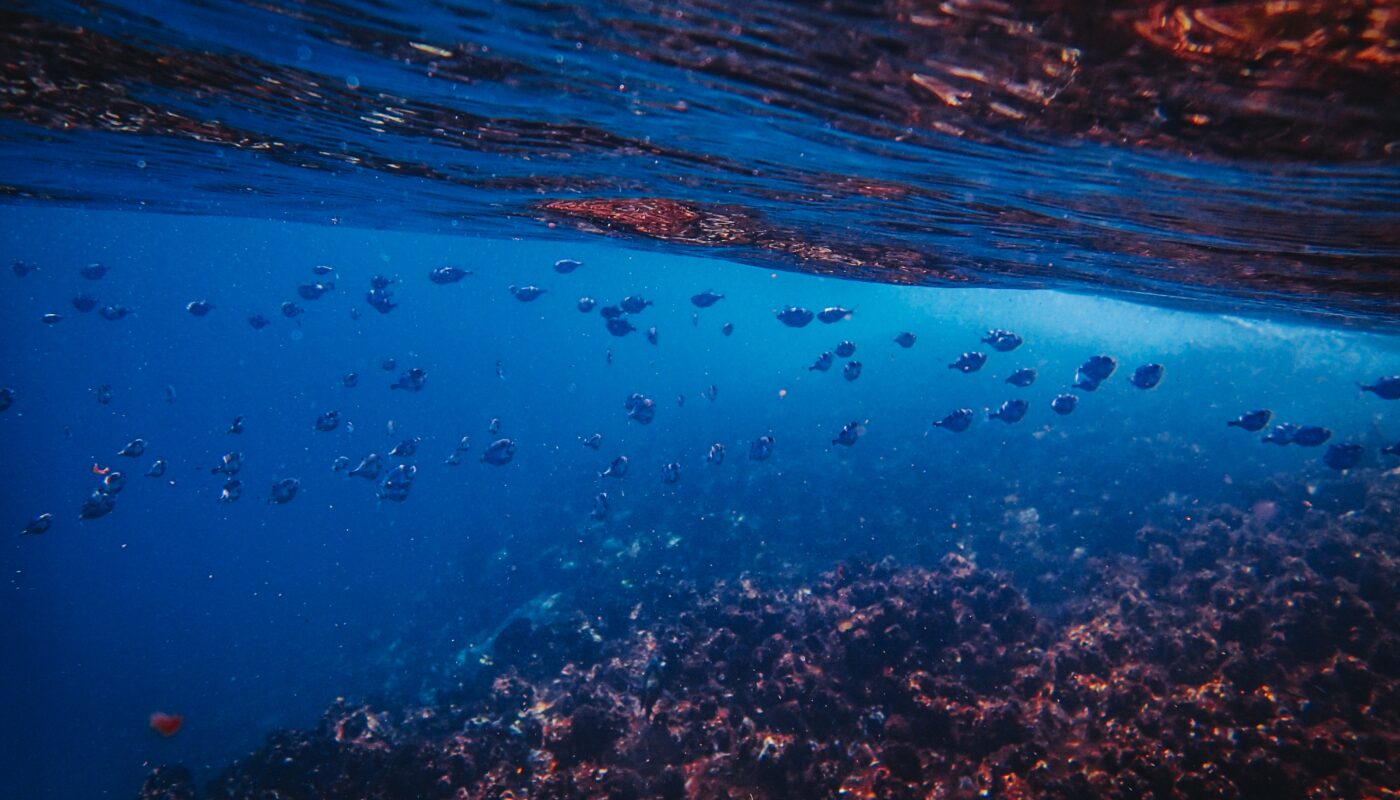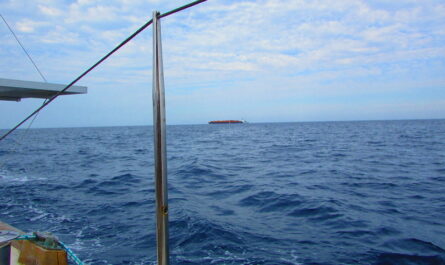The Atlantic Ocean, the second-largest ocean in the world, plays a crucial role in shaping global climate patterns and supporting diverse marine ecosystems. At the heart of this vast body of water lies a network of powerful ocean currents, often referred to as the “conveyor belt” of the planet. These currents not only regulate temperatures across continents but also influence weather systems and sustain a vibrant web of marine life. Understanding the intricate dynamics of Atlantic ocean currents is essential for appreciating their impact on both climate and biodiversity.
The Atlantic Ocean Current System
The primary system of currents in the Atlantic is the Atlantic Meridional Overturning Circulation (AMOC), which includes the Gulf Stream, North Atlantic Drift, and deep cold water currents. These interconnected currents create a continuous flow of water, moving warm water from the tropics to the poles and cold water from the poles back to the equator.
- The Gulf Stream
- Originating in the Gulf of Mexico, the Gulf Stream is a powerful, warm ocean current that flows along the eastern coast of the United States before veering across the Atlantic toward Europe.
- It acts as a conveyor of heat, moderating the climate of the eastern United States and Western Europe.
- North Atlantic Drift
- As the Gulf Stream reaches the North Atlantic, it transitions into the North Atlantic Drift, carrying warm waters toward Northern Europe.
- This current significantly influences Europe’s mild climate, preventing it from experiencing the harsh winters seen in regions at similar latitudes, such as Siberia.
- Deep Cold Water Currents
- At high latitudes, surface water cools and sinks due to increased density, forming deep cold water currents.
- These currents return toward the equator along the ocean floor, completing the circulation loop.
Regulating Global Climate Patterns
Ocean currents in the Atlantic have far-reaching effects on the Earth’s climate.
- Heat Distribution
- The Gulf Stream and its associated currents transport vast amounts of heat from the equator to higher latitudes.
- This heat exchange prevents extreme temperature variations, ensuring that tropical regions do not overheat and polar regions do not freeze entirely.
- Influence on Weather Systems
- Warm currents contribute to the formation of weather patterns, including hurricanes. For example, the Gulf Stream fuels the development of powerful tropical storms in the Atlantic.
- On the other hand, cold currents can suppress storm activity and influence wind patterns.
- Global Climate Stability
- The Atlantic currents are part of a larger system known as the Global Conveyor Belt, which connects all the world’s oceans.
- Disruptions in this system, such as a slowdown in the AMOC, could lead to severe consequences, including rising sea levels, extreme weather events, and shifts in global temperature.
Supporting Marine Life
Atlantic currents are vital for sustaining marine ecosystems, creating diverse habitats, and supporting the food chain.
- Nutrient Cycling
- Deep cold water currents bring nutrient-rich waters from the ocean floor to the surface, a process known as upwelling.
- These nutrients support the growth of phytoplankton, the base of the marine food chain, which in turn sustains fish, marine mammals, and seabirds.
- Habitat Creation
- Warm and cold currents create distinct temperature zones, fostering a variety of habitats for marine species.
- Coral reefs, for example, thrive in the warm waters of the Gulf Stream, while cold-water species, such as cod, prefer the North Atlantic’s cooler currents.
- Migration Pathways
- Many marine species, including whales, sea turtles, and fish, rely on ocean currents for migration.
- These currents serve as highways, guiding animals to feeding grounds, breeding sites, and warmer waters during seasonal changes.
Threats to Atlantic Ocean Currents
Human activities and climate change pose significant threats to the stability of Atlantic currents, with potentially devastating effects on global climate and marine life.
- Global Warming
- Rising temperatures are melting polar ice caps, introducing large volumes of freshwater into the North Atlantic.
- Freshwater reduces the salinity and density of seawater, weakening the sinking process that drives deep cold water currents.
- Ocean Acidification
- Increased carbon dioxide levels are causing the ocean to become more acidic, harming marine life and altering ecosystems.
- Coral reefs, which are highly sensitive to pH changes, are particularly at risk.
- Pollution
- Plastic waste, oil spills, and chemical runoff are contaminating Atlantic waters, affecting marine species and disrupting the food chain.
- Overfishing
- Overfishing depletes fish populations, disrupting the balance of marine ecosystems that depend on Atlantic currents for nutrient cycling and habitat distribution.
Implications of Disrupted Currents
If Atlantic currents were to slow or collapse, the consequences would be profound:
- Severe Weather Patterns
- A weakened AMOC could lead to more extreme weather, such as intense hurricanes, prolonged droughts, and heavy rainfall.
- Rising Sea Levels
- Slower currents would cause water to accumulate along coastlines, increasing the risk of flooding in low-lying areas.
- Marine Ecosystem Collapse
- Disrupted nutrient cycles and changing temperatures could lead to the extinction of species that rely on stable current systems.
- Global Cooling in Certain Regions
- Paradoxically, a disrupted Gulf Stream could cause significant cooling in Europe, as warm water flow decreases.
Preserving the Atlantic’s Role
Efforts to mitigate the impact of climate change and human activities are essential to preserving the vital role of Atlantic currents.
- Reducing Carbon Emissions
- Transitioning to renewable energy sources and adopting sustainable practices can help limit global warming.
- Protecting Marine Ecosystems
- Establishing marine protected areas and regulating fishing practices can support biodiversity and ecosystem health.
- Combating Pollution
- Initiatives to reduce plastic waste, improve wastewater treatment, and clean up oil spills are critical for maintaining water quality.
- Investing in Research
- Advancing our understanding of ocean currents through scientific research can inform policies and strategies to protect these systems.
Conclusion
Atlantic ocean currents are an integral part of Earth’s climate system and marine ecosystems. By regulating global temperatures, influencing weather patterns, and supporting diverse life forms, these currents sustain both human and natural worlds. However, the increasing threats posed by climate change and human activities underscore the urgency of taking action to protect these vital systems. Through a combination of scientific research, policy changes, and individual efforts, we can help ensure the health of Atlantic currents and their continued contribution to the planet’s balance.



